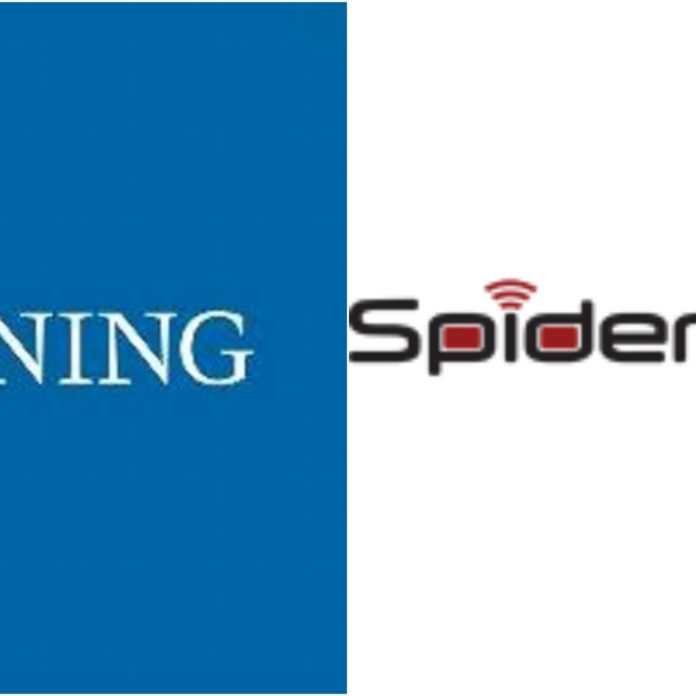Analysts highlight how acquisition allows Corning to better target the enterprise, and how the deal puts a ‘target’ on remaining standalone small cell outfits
Corning Wednesday made official its rumored acquisition of enterprise small cell vendor SpiderCloud Wireless, a move initially reported by RCR Wireless News contributor Earl Lum, founder of ELJ Wireless Research LLC on July 12. While Corning did not disclose details of the deal, Lum, siting sources external to both companies, pegs the price in the $200 million to to $250 million range.
Corning has a long history as a fiber and DAS vendor and, given CommScope’s 2015 acquisition of small cell firm Airvana, gains a more competitive position by adding small cells to its portfolio. In terms of carrier relationships, Verizon earlier this year asked its DAS vendors–ADRF, CommScope, Corning, JMA Wireless and Solid Technologies–to integrate SpiderCloud tech with their distributed antenna systems, the idea being to use a small cell as a signal source to feed a DAS thereby removing the cost of a full-blown base station. In addition to being certified on Verizon’s network, SpiderCloud equipment is also certified by AT&T.
“Wireless connectivity has become more a necessity than an amenity, and mobile operators and enterprise customers are seeking cost-effective solutions to enhance service for their users inside buildings,” Clark S. Kinlin, executive vice president, Corning Optical Communications, said in a prepared statement. “With the acquisition of SpiderCloud Wireless, we believe our combined product solutions will help drive optical convergence and enable the advantages of fiber-deep architectures within the Enterprise Local Area Network.”
“Mostly they’re a fiber company,” Berge Ayvazian, senior analyst at Wireless 2020, said of Corning. “Having them be a big player in DAS, they do face a competitive market and a market that’s changing. It seemed like in the past you could focus on the largest venues and big DAS solutions were what was appropriate. There were a few big players. Now there are a few interesting upstart players like JMA that have emerged as major players in DAS, and companies like Airvana that were specialized in small cells got absorbed into CommScope, so you kind of put Corning in a position where they had to either develop that product line…or they needed to acquire somebody.”
Ayvazian also discussed what this continuing consolidation means for the remaining standalone small cell companies, particularly ip.access, as well as what it means for DAS vendors like JMA Wireless and Solid that don’t have a small cell play.
“They have been a direct competitor to SpiderCloud for some time, albeit a smaller one,” Ayvazian said of ip.access, noting that the SpiderCloud acquisition “certainly puts the spotlight on them as a target if there is someone on the other side that’s looking for a complementary small cell product line and partner to work along with the DAS.”
Lum wrote: “Given the fact that the Corning Optical Communications business has been focused on supplying fiber-based DAS indoor wireless solutions, the addition of the SpiderCloud Wireless product fills a gap in the current portfolio offered by Corning. It allows Corning to target enterprise customers that its Corning One digital DAS solution was unable to effectively serve. We believe that this acquisition will enhance Corning’s ability to effectively compete head to head against CommScope, JMA Wireless, and other traditional DAS vendors.”

